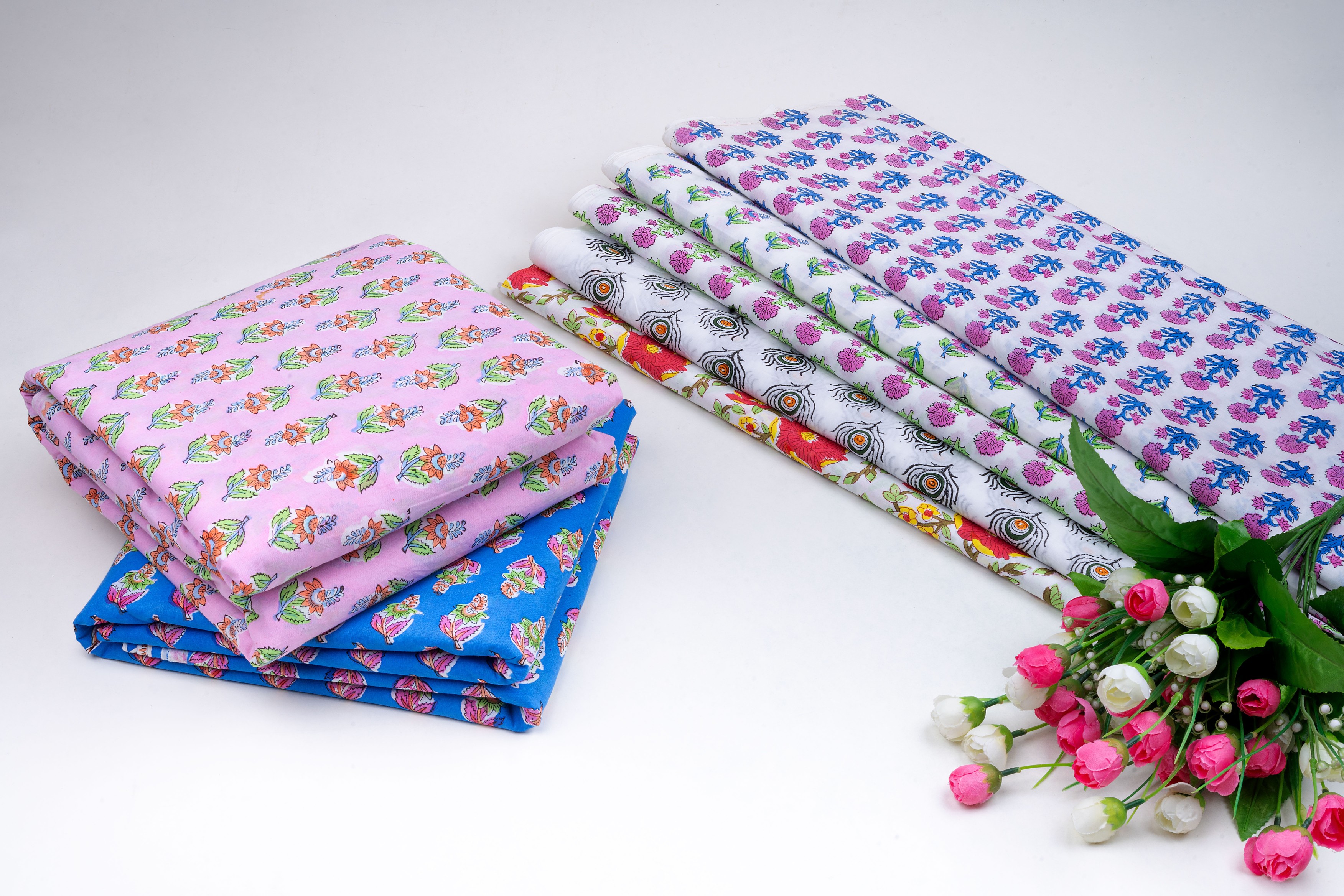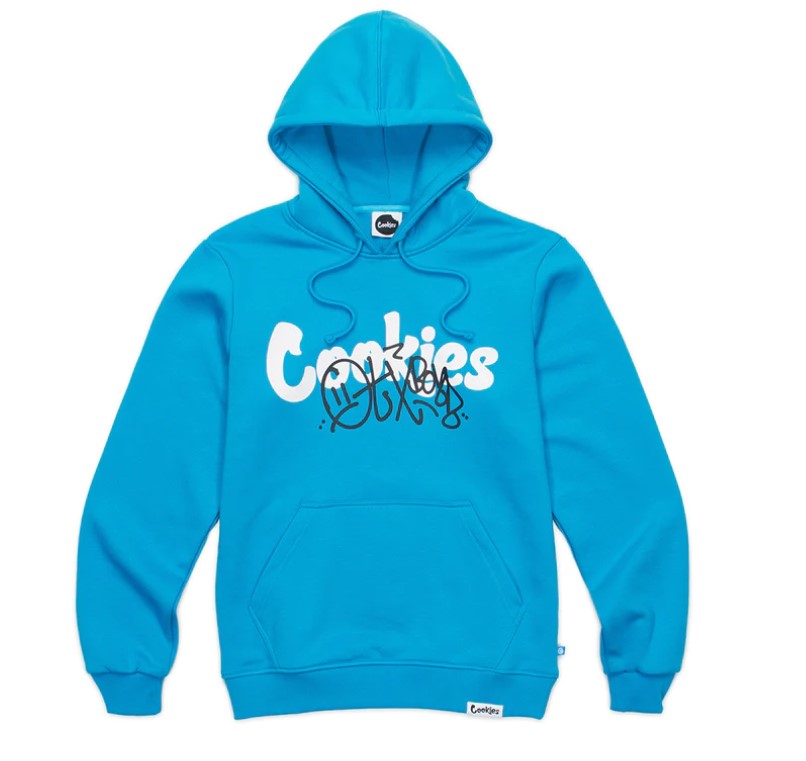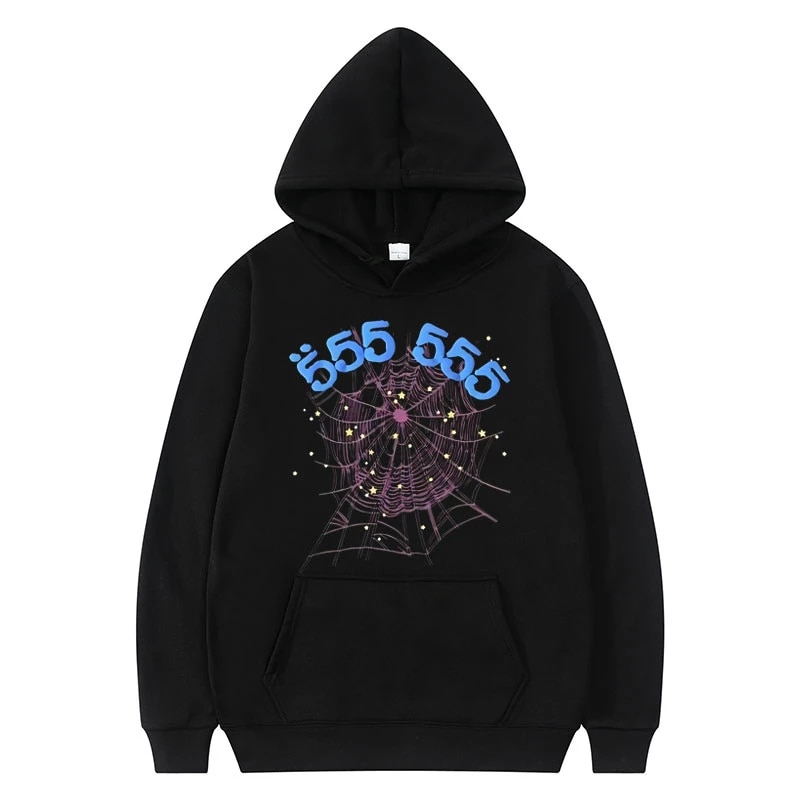The Ultimate Guide to Women’s Evening Dresses
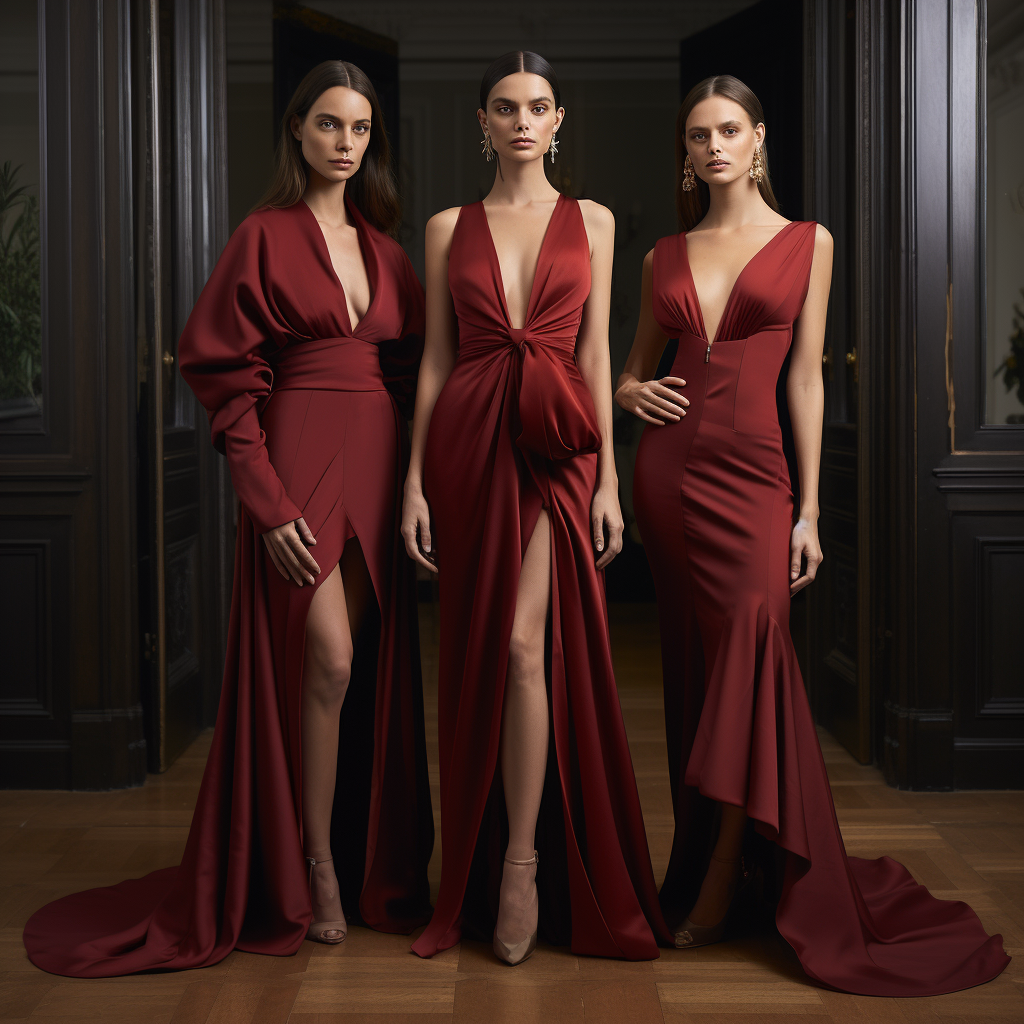
Have you ever found yourself standing in front of your closet, bewildered about what to wear for a gala, dinner party, or romantic date night? The right outfit can not only uplift your spirit but also make an indelible impression. In the world of women’s fashion, the term “evening dress” encompasses a wide variety of styles, each with its own unique touch of elegance and flair. Yet, finding the perfect dress for an evening out can be a daunting task given the plethora of options available today.
Navigating the landscape of evening wear doesn’t have to be overwhelming. From classic ball gowns to chic cocktail dresses, we’ll explore them all. So get ready to redefine your evening wardrobe and leave a lasting impression at your next big event.
The Importance of the Right Dress for the Right Occasion
Understanding Occasion Significance
Choosing the ideal dress hinges largely on the nature and significance of the event you’ll be attending. For instance, while a black-tie event demands formal wear such as a full-length gown, a cocktail party offers more room for experimentation. Picking the right dress is not merely a fashion statement but also a mark of social etiquette. Failing to match the dress code can leave you feeling out of place, overshadowing your confidence and enjoyment of the event.
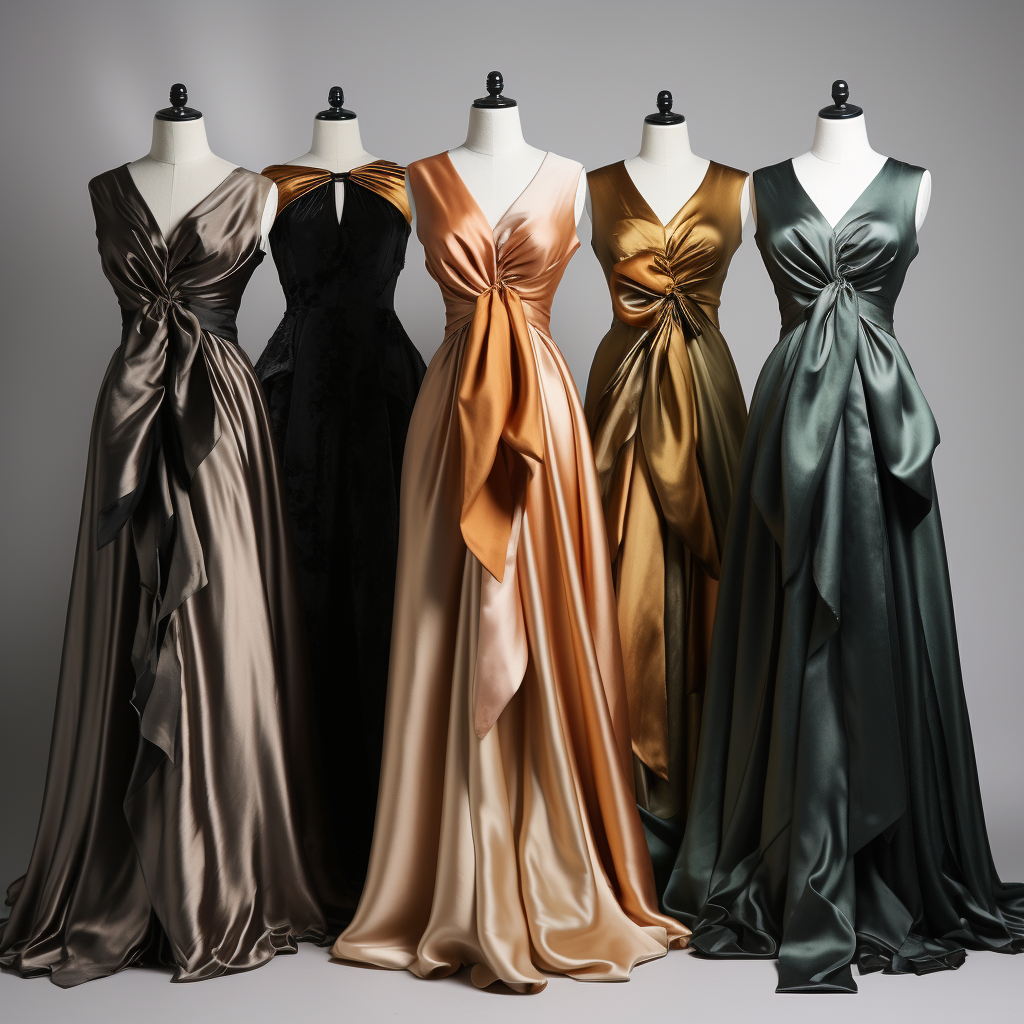
The Role of Dress Codes
A dress code serves as a guideline, setting the overall tone and atmosphere for an occasion. It helps attendees gauge what is expected of them, ensuring a certain uniformity that adds to the elegance and decorum of an event. Whether it’s a casual gathering, semi-formal event, or a grand gala, each comes with its own unspoken rules on dressing. For example, a corporate event might require a chic yet conservative approach, while a gala or charity ball will allow you to pull out all the stops with something truly spectacular.
Time and Seasonal Factors
The time of day and the season also influence your evening wear selection. Lighter materials like silk or chiffon are more suited for warm seasons, while richer fabrics like velvet make a stunning impression in cooler months. Similarly, while daytime events can accommodate lighter colors and prints, evening events often call for darker shades and more subdued designs.
The Psychology of Dressing
Lastly, what you wear affects how you feel. A dress that aligns with the event and your personal style enhances your self-confidence, letting you engage more freely and enjoy the occasion to its fullest. Your outfit can also communicate your personality, offering a glimpse into your taste and character without you having to utter a single word.
Understanding the importance of the occasion, the dress code, time, and personal preferences sets a strong foundation for selecting the ideal evening dress. Doing so not only makes you stand out but also shows your respect and understanding of social norms, adding to your overall experience.
Evening Dresses Through History
Fashion as a Mirror to Society
The evolution of evening dresses serves as a reflection of broader social and cultural shifts. The modest long-sleeved gowns of the Victorian era gave way to the daring flapper dresses of the 1920s, just as societal norms were being overturned. As we explore the rich history of evening wear, we gain a nuanced understanding of its role in female empowerment and social dynamics.
Iconic Eras and Their Impact
- Victorian Era: Characterized by corsets and heavy materials, the dresses of this time were as much about status as they were about style. The crinoline, a hooped skirt, and layers of petticoats often accompanied these dresses.
- The Roaring ’20s: Post-WWI saw a radical shift towards liberation and self-expression. Flapper dresses with shorter hemlines, sequins, and fringes became the epitome of glamour and rebellion.
- 1950s Glamour: The post-war era marked the return of extravagance in fashion. Ball gowns and cocktail dresses became popular, influenced heavily by Hollywood celebrities like Audrey Hepburn and Marilyn Monroe.
- The Minimalist ’90s: Minimalism became the watchword of the 1990s. Sleek slip dresses and straightforward sheaths replaced the ornate designs of previous decades.
Technological Advances and Fashion
As technological advancements made new materials and manufacturing techniques available, evening dresses underwent significant transformations. The introduction of synthetic fabrics like polyester in the 20th century enabled designers to experiment with structure and form in new ways.
Social Media and Global Trends
In today’s interconnected world, global fashion trends are disseminated more quickly than ever through social media. This has led to a democratization of style, where high fashion is not just the domain of the elite but is accessible and influential at every social stratum.
By understanding the historical background of evening dresses, you not only deepen your appreciation for the various styles but also make informed choices that suit your individual preferences and the spirit of the occasion. Now that we’ve delved into the significance and history of evening wear, our next chapter will guide you through the nuts and bolts of materials and fabrics.
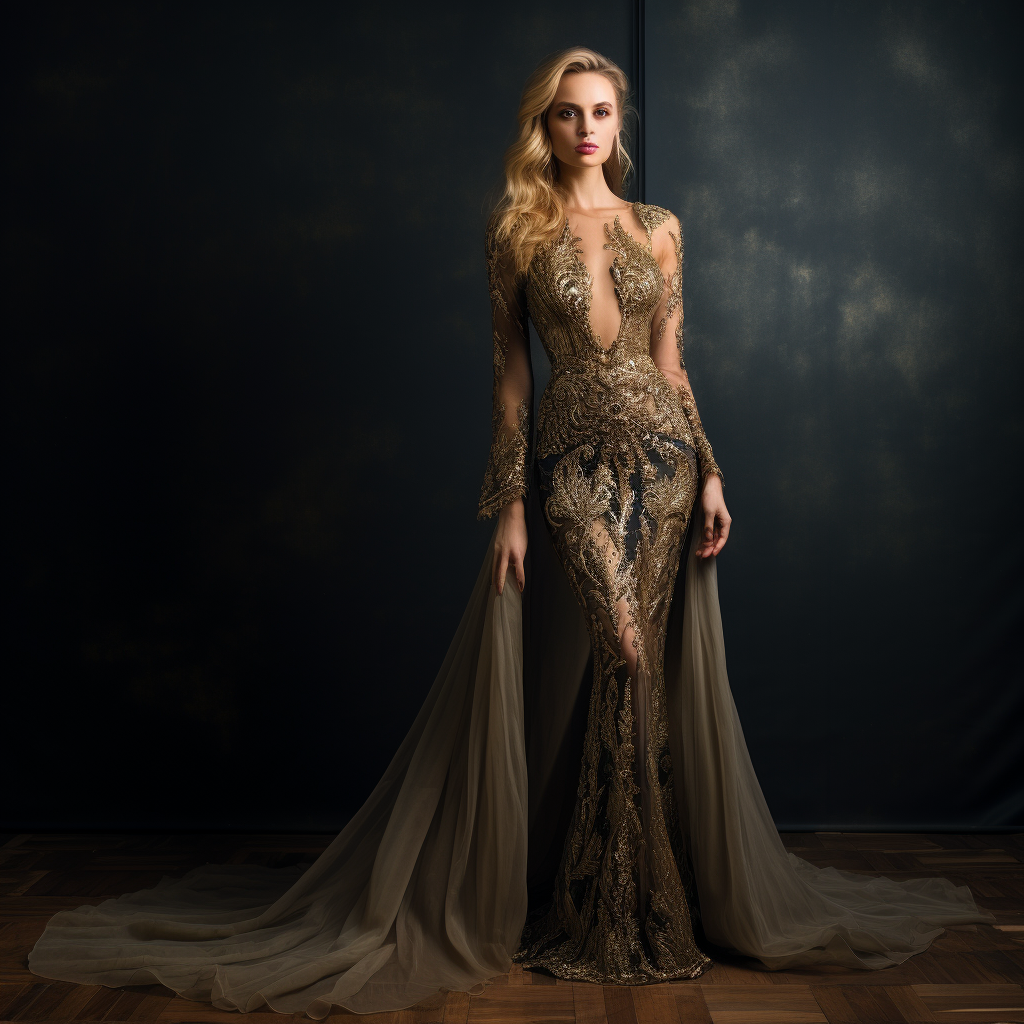
Understanding Fabrics and Materials
The Role of Fabric in Evening Wear
The fabric of your dress plays a crucial role in defining its overall aesthetic, comfort, and suitability for an occasion. The right material can elevate the design and enhance your figure, while an ill-chosen fabric can detract from even the most exquisite cut or style. Knowing your fabrics well can be a game-changer when it comes to selecting the perfect evening dress.
Natural Fibers
- Silk: Renowned for its luxurious feel, silk is a go-to fabric for high-end evening dresses. It drapes beautifully, is breathable, and offers a rich, lustrous finish. Suitable for all seasons, silk works exceptionally well for formal occasions.
- Cotton: While less common in evening wear, cotton can be a great choice for more casual or semi-formal events, particularly in warm climates. It’s breathable and offers a more relaxed look.
- Linen: A rarely used but effective material for summer events, linen offers a casual yet refined appearance. However, it wrinkles easily, making it less suitable for formal occasions.
Synthetic Fibers
- Polyester: Highly durable and wrinkle-resistant, polyester offers a budget-friendly alternative to natural fibers. Modern variants can mimic the feel of natural materials quite convincingly.
- Spandex: Often blended with other materials, spandex provides stretch, ensuring a snug fit. It’s commonly found in body-hugging dresses.
- Acetate: Used as a silk substitute, acetate offers a similar sheen and drape but is less breathable. It’s often chosen for its lower cost.
Blends and Specialty Fabrics
- Satin: A blend that can be made from both silk and synthetic fibers, satin offers a glossy surface and a dull back, providing a glamorous look perfect for evening events.
- Chiffon: Lightweight and sheer, chiffon is often used in layers to create an ethereal, floating appearance. It’s a popular choice for summer events and outdoor ceremonies.
- Velvet: Synonymous with luxury and opulence, velvet is a winter favorite. Its plush texture adds depth and richness to any design.
Fabric Considerations for Body Types
Certain fabrics work better for different body types. For example, stiffer materials like taffeta can add structure and are often used in ball gowns, while softer fabrics like jersey are more forgiving and drape easily, suitable for a variety of shapes.
Understanding the properties and effects of different fabrics allows you to make an educated choice, aligning not just with the occasion’s demands but also with your comfort and personal style.
Types of Evening Dresses
The Spectrum of Styles
The range of evening dress styles is as diverse as the occasions they’re designed for. Each style comes with its unique aesthetic, making it more or less suitable for specific events, body types, and individual tastes. Below, we will delve into some of the most popular types of evening dresses.
1. Ball Gowns
Characteristics: These are the epitome of formal evening wear, featuring a fitted bodice and a full, voluminous skirt. Often made from luxurious fabrics like silk, satin, or tulle.
Best for: Grand occasions such as galas, weddings, and formal balls.
Style Tips: Given their grandeur, minimal accessories are needed. A simple clutch and elegant jewelry will suffice.
2. Cocktail Dresses
Characteristics: Generally shorter, ending at or above the knee, cocktail dresses offer a broad range of styles, from the classic little black dress to more experimental designs.
Best for: Semi-formal events, dinner parties, and evening social gatherings.
Style Tips: Pair with statement jewelry and high heels to elevate your look.
3. Mermaid Dresses
Characteristics: Fitted through the bodice and hips, these dresses flare out at or below the knee, mimicking the shape of a mermaid’s tail.
Best for: Formal events where you aim to accentuate your curves.
Style Tips: Opt for simple, elegant accessories to avoid overshadowing the dress.
4. Sheath Dresses
Characteristics: A straight cut that closely follows the body’s contours, the sheath dress is both elegant and understated.
Best for: Corporate events, cocktail parties, or any occasion that calls for a chic yet conservative look.
Style Tips: Add a belt to cinch the waist and elongate the figure.
5. A-Line Dresses
Characteristics: Featuring a fitted bodice and a skirt that flares out gently from the waist, forming the shape of the letter ‘A’.
Best for: Almost any occasion, given its versatile and flattering design.
Style Tips: Works well with both simple and elaborate accessories, allowing you the freedom to make it your own.
6. Empire Waist Dresses
Characteristics: Defined by a raised waistline that sits just below the bust, with a flowing skirt that skims the body.
Best for: Casual evening events or for those looking for comfort without compromising style.
Style Tips: Ideal for highlighting the bust while diverting attention from the waist and hips.
In the sartorial world of evening dresses, understanding the variety of styles at your disposal is empowering. Whether you’re trying to make a bold statement or keep it elegantly understated, there’s a dress style out there that aligns perfectly with your occasion, body type, and personal taste.
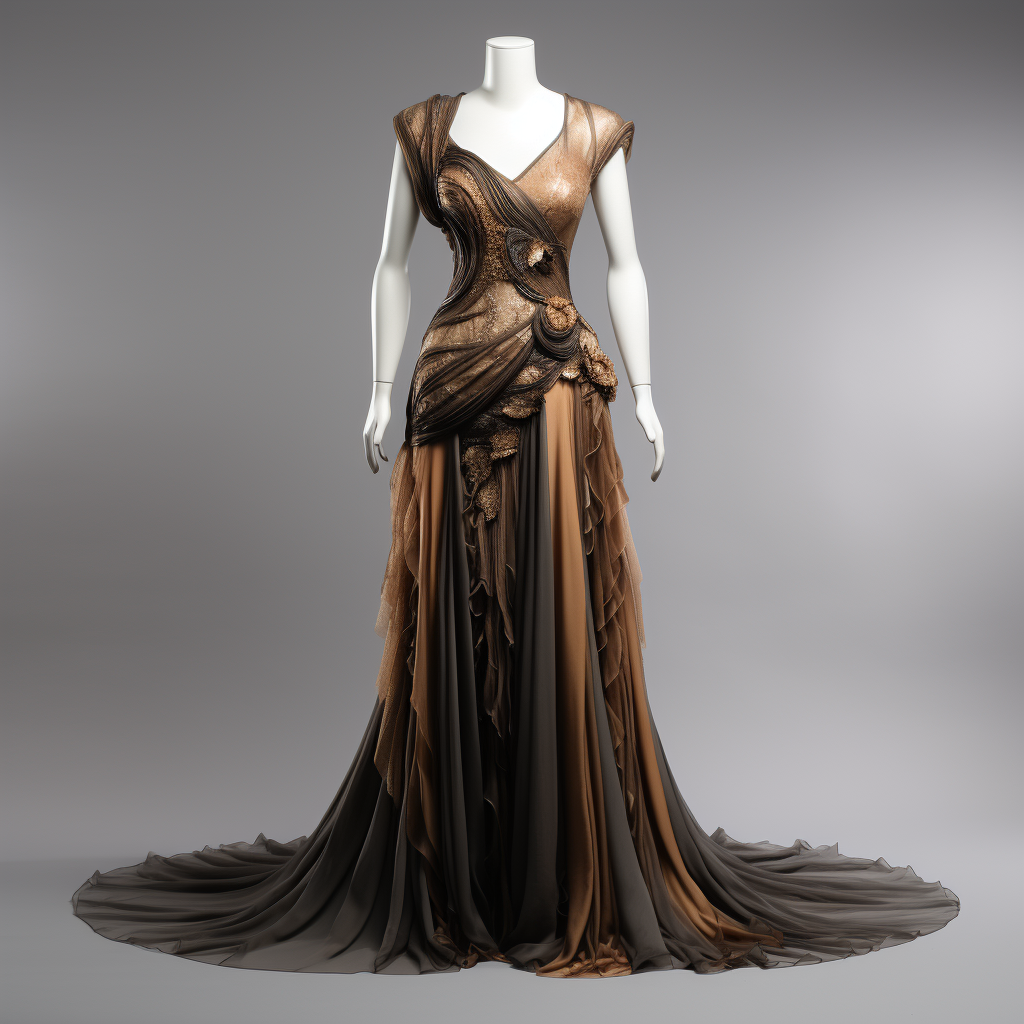
The Impact of Color and Prints
The Psychology of Color
The color of your evening dress does more than catch the eye; it can also communicate subtleties of your personality and mood. Red, often associated with passion and vitality, is a bold choice that commands attention. In contrast, softer hues like blush or beige suggest a more understated elegance.
Seasonal Colors
The time of year can influence the color palette that’s in vogue. Jewel tones like emerald, sapphire, and ruby are especially flattering in winter months, while pastels and vibrant colors are more common in spring and summer collections.
The Classic Black
Black is the quintessential choice for evening wear for a reason. It’s versatile, universally flattering, and imbues a sense of sophistication. A black dress can serve as a canvas for your accessories, allowing them to take center stage.
The Role of Prints
While solid colors are traditionally more formal, prints have their place in evening wear as well. Floral designs can be enchanting in a garden party setting, while geometric patterns can give a modern twist to classic dress styles. However, prints demand careful accessorizing to avoid a cluttered look.
Cultural Considerations
Certain colors and prints have cultural significance that may impact their appropriateness for an event. For instance, white is often reserved for brides in Western cultures, while it symbolizes mourning in some Eastern societies. Being aware of these nuances can prevent potential faux pas.
Skin Tone and Color
Your complexion plays a significant role in how a color looks on you. For example, warmer skin tones are complemented by earthy colors like orange, brown, and olive, whereas cooler skin tones are flattered by blues and grays.
Making a Statement vs. Playing it Safe
Bright colors and bold prints can make a fashion statement but run the risk of being too overpowering for formal events. On the flip side, classic colors and simple patterns offer a safe option but might not stand out in a crowd.
By taking the time to understand the impact of color and prints, you can select an evening dress that not only complements your individual style but also fits the occasion and setting. Whether you opt for a vibrant hue to make a splash or a classic tone to exude elegance, the color of your dress is a powerful element in your overall look.
Accessories and Final Touches
The Art of Accessorizing
Accessories are the unsung heroes of any ensemble, capable of elevating a simple dress into a stunning look. However, the key is to strike a balance — too little and your outfit might appear incomplete, too much and it could become overwhelming.
Jewelry: Less is More
When it comes to formal evening wear, understated elegance usually triumphs over ostentation. Consider the neckline of your dress when selecting necklaces. A V-neck pairs well with a pendant or Y-shaped necklace, while a strapless or sweetheart neckline offers a canvas for something more dramatic, like a choker or a statement necklace.
Handbags: The Smaller, the Better
For formal events, opt for a clutch or a small, elegant handbag that complements your dress. A neutral color like black, silver, or gold can work well with multiple outfits, providing versatility for future occasions.
Footwear: The Height of the Matter
Your choice of shoes can make or break your comfort for the evening. Stilettos are classic but may not be practical for events requiring lots of standing or walking. Wedges or block heels offer a comfortable alternative without sacrificing style.
Outerwear: Practical Elegance
If your event is during colder months, a well-chosen shawl or wrap can add a layer of sophistication to your evening dress. Faux fur or a structured bolero are glamorous options for formal events.
The Final Flourish: Hair and Makeup
The finishing touch to any evening look is the hair and makeup. A sleek updo or soft waves can complement the elegance of your dress. When it comes to makeup, the rule of thumb is to focus on one feature — if your eyes are dramatic, keep your lips neutral, and vice versa.
Mixing and Matching
Remember, the goal is a harmonious look where each element complements the others. You may have the most beautiful earrings, but if they clash with your dress or other accessories, the overall effect will be discordant.
Accessories serve as the final brushstrokes to the masterpiece that is your evening look. With a bit of thought and planning, they can enhance your chosen dress, accentuate your best features, and provide that elusive finishing touch that brings everything together.

